It’s been tough watching Disney change over the past few decades. While they continue to rake in the cash, this company once lauded for its high quality and artistic innovation has become a shadow of its former self to a large number of fans.
While I’m not a fan of the live-action remakes, I do love Disney original films. I get excited hearing Disney’s producing new material. So often, there’s a lot to love with these films… but over the past decade or so, many just haven’t quite reached the full potential of the creators’ vision.
Over the next two months (okay, and one week in November), I’m going to be looking at Disney highs, lows, and mehs. I’ll be praising those films I adore the most and critiquing some of the ones I think needed a little boost to achieve maximum narrative punch. Perhaps you’ve heard of a little something Channel Awesome calls Disneycember? Welcome to Disneytember and Disneytober!
(But not to fear: Disney will not totally absorb this blog for two months straight! I’ll still be releasing anime-related posts same as usual, every third week!)
Reviews are an inherently subjective thing, so I’m dying to hear your thoughts on these films as well. Love ‘em? Hate ‘em? Let me know! I adore talking with people about media; it always helps me appreciate them more!
And if our opinions differ, please remember, to paraphrase Monsters, Inc.: I scare because I care. 😉
Now, let’s kick this off with one of the most visually stunning Disney animated films in recent years…
—
In a desperate attempt to free her people, a compassionate and adventurous young ruler must venture far from home despite her father’s disapproval, risking her life to find the only person who can mend her rapidly-decaying village: a trickster demigod who’s only interested in what’s best for himself.
Thus begins Disney’s Polynesian-inspired film,1 Moana.
This post will contain some spoilers for
Moana
The Good
There’s so much to love about Moana and so many ways the team really nailed their vision for the film.
The Visuals
The gorgeous visuals capture everything stunning about the Polynesian islands and all the brilliant, vibrant colors that adorn them. But not only is the film pretty; its visuals are equally functional. The film uses its spectacular color design, graphics, and cinematography to tell its story, tugging the viewer into the setting and setting up the tone and atmosphere of each scene. Sun-bleached beaches are bright, almost white and hazy. The tropical paradise island that Moana calls home is colorful, indicating just how fruitful this land is. Dangerous scenes are bathed in the crimson light of a setting sun or the ominous orange glow of a volcano.
The Music
Moana has amazing, catchy music crafted with care to pay homage to the cultures that inspired it. Look no further for proof than Sideways’s excellent in-depth analysis of the track “We Know the Way.”
In this video, Sideways points out how Disney uses this song in particular “to highlight… and celebrate the cultural divide between the audience and the characters… in a way that’s both welcoming and understanding.”2 The song begins in the Tokelauan language, which is spoken on such Polynesian islands as Tokelau, Olohega, and New Zealand.3 Already, Sideways says, this shows the tremendous respect Disney has for these Non-Western cultures, but Disney doesn’t just stop with using the Tokelauan language; they take things a step further by maintaining the same Polynesian-inspired musical style and roughly same melody even when switching between Tokelauan and English. As Sideways puts it, this doesn’t just reveal the setting, “it [also] musically welcomes the audience to cross the cultural divide and explore the world of Moana.”4 And heck is it inviting; it may be my favorite song on the soundtrack.
The Characters
Disney poured additional love and care into the film’s character designs. Proponents of more realistic body image portrayals will rejoice to see the less wispy designs of traditional Disney films replaced by characters with varying and more realistic body types. These designs help anchor the world and tell us much about the characters: Moana’s acrobatics and Maui’s stamina make sense coupled with their athletic builds.
And speaking of our Polynesian-inspired princess…
Moana made a poor first impression on me by insisting she was not a princess as if it were some sort of disease (I have pretty strong feelings about princesses…). However, I was pleasantly surprised how quickly she won me over. She’s just so refreshing—the perfect amount of spark, spunk, independence, and emotional vulnerability. She’s feminine and strong emotionally with tender compassionate for her people. I adore that.
Also, whoever thought to cast Dwayne “The Rock” Johnson as the trickster demigod Maui deserves the world’s biggest raise. Everything about that character and The Rock’s performance is pure gold.
The Bad
However, not all the music and characters reached their full potential.
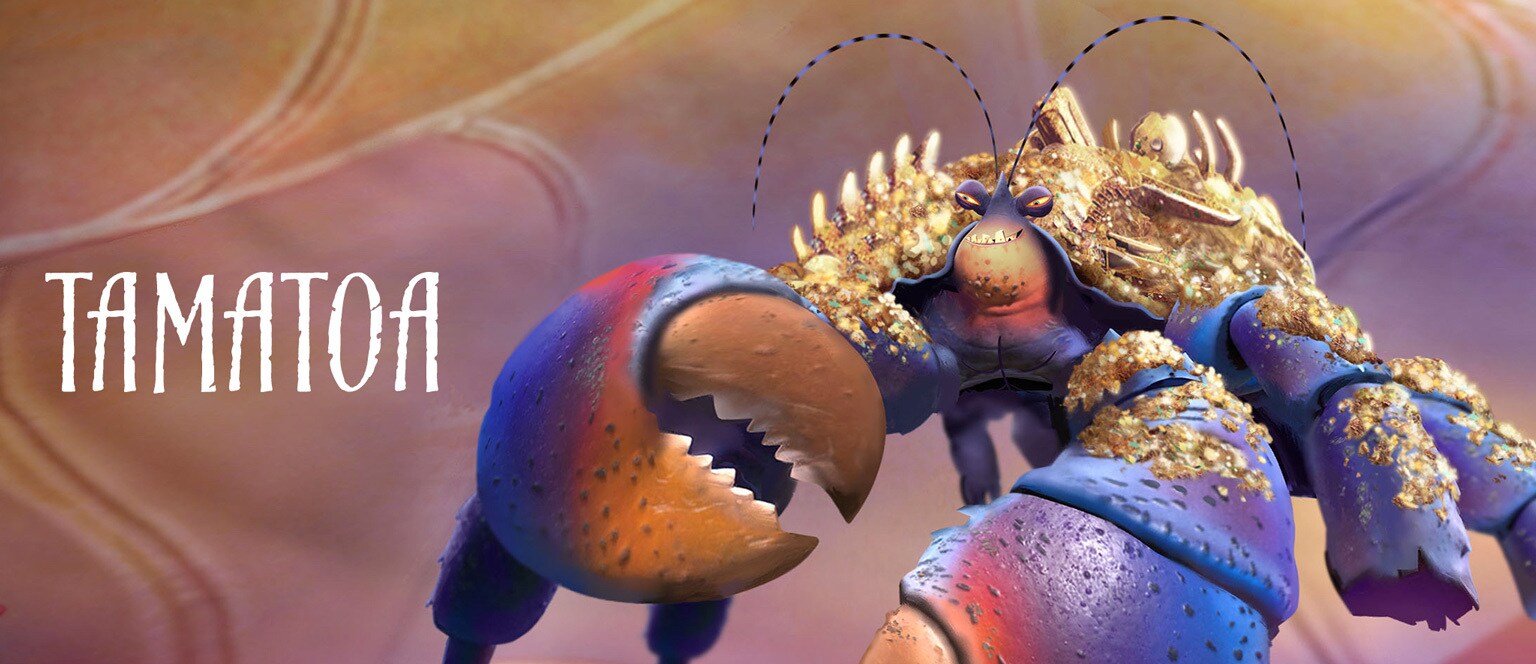 |
| Disney 2016 |
For instance, while I loved Moana’s soundtrack overall, one song hit a sour note for me: the monstrous crab Tamatoa’s song “Shiny.” Compared to the rest of the soundtrack, which pays loving homage to the various cultures and peoples of Polynesia, “Shiny” sticks out like a sore thumb. And for good reason; while the rest of the songs (with the exception of Moana’s song “How Far I’ll Go”) were created with heavy help from the creative team that had so carefully researched Polynesia, “Shiny” was heavily inspired by and made to be a tribute to David Bowie.5 As much as I respect paying tribute to artists who have inspired you who have since passed on, unfortunately the late David Bowie just didn’t quite fit in a movie like Moana.
There was only one song that didn’t reach its full potential, but the characters suffered worse.
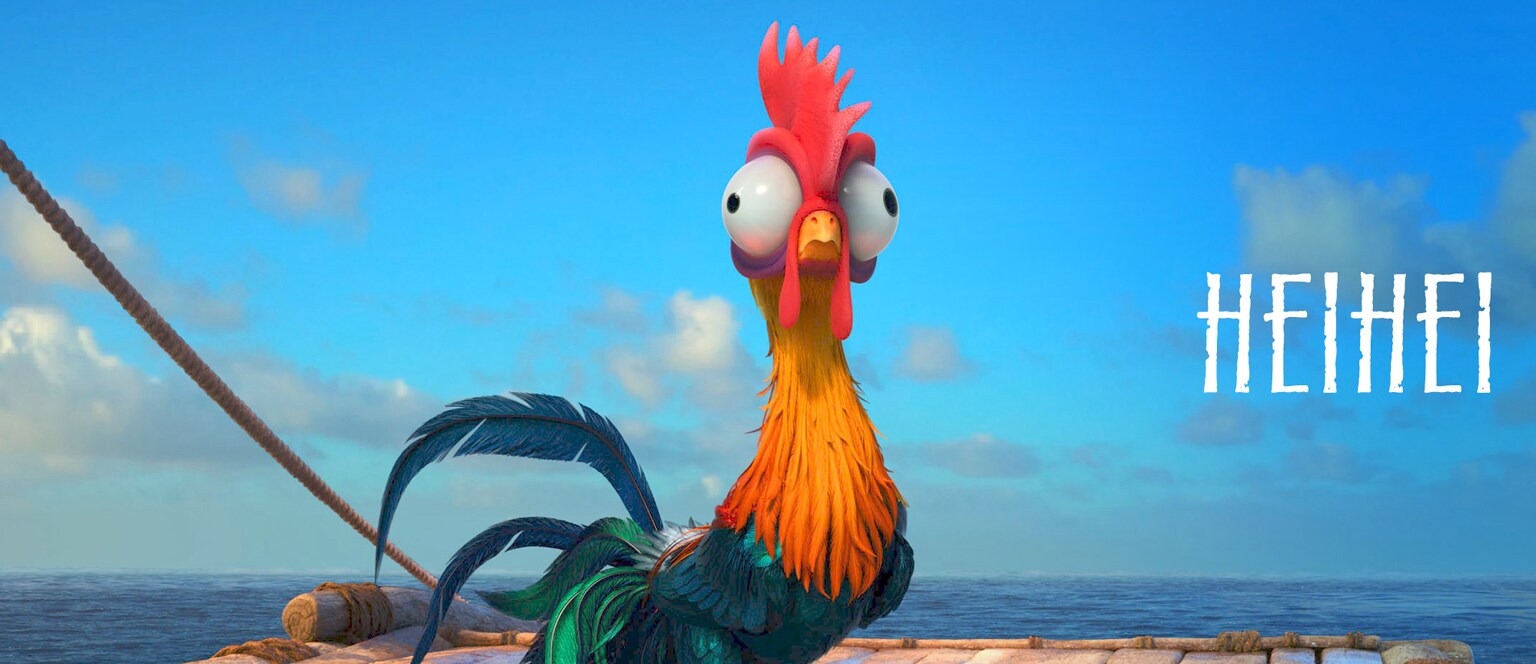 |
| Disney 2016 |
According to Gizmodo, during production, Disney writing legend John Lasseter pointed out that the chicken sidekick, Heihei, served no function to the plot. Lasseter gave writers an ultimatum: come up with a function in 48 hours or cut the character. In response, the writers made Heihei a minor obstacle in Moana’s journey,6 but being reduced to nothing more than a nuisance throughout the film did the chicken no favors. The marketing and screentime devoted to this annoying chicken only added to the frustration I felt toward him.
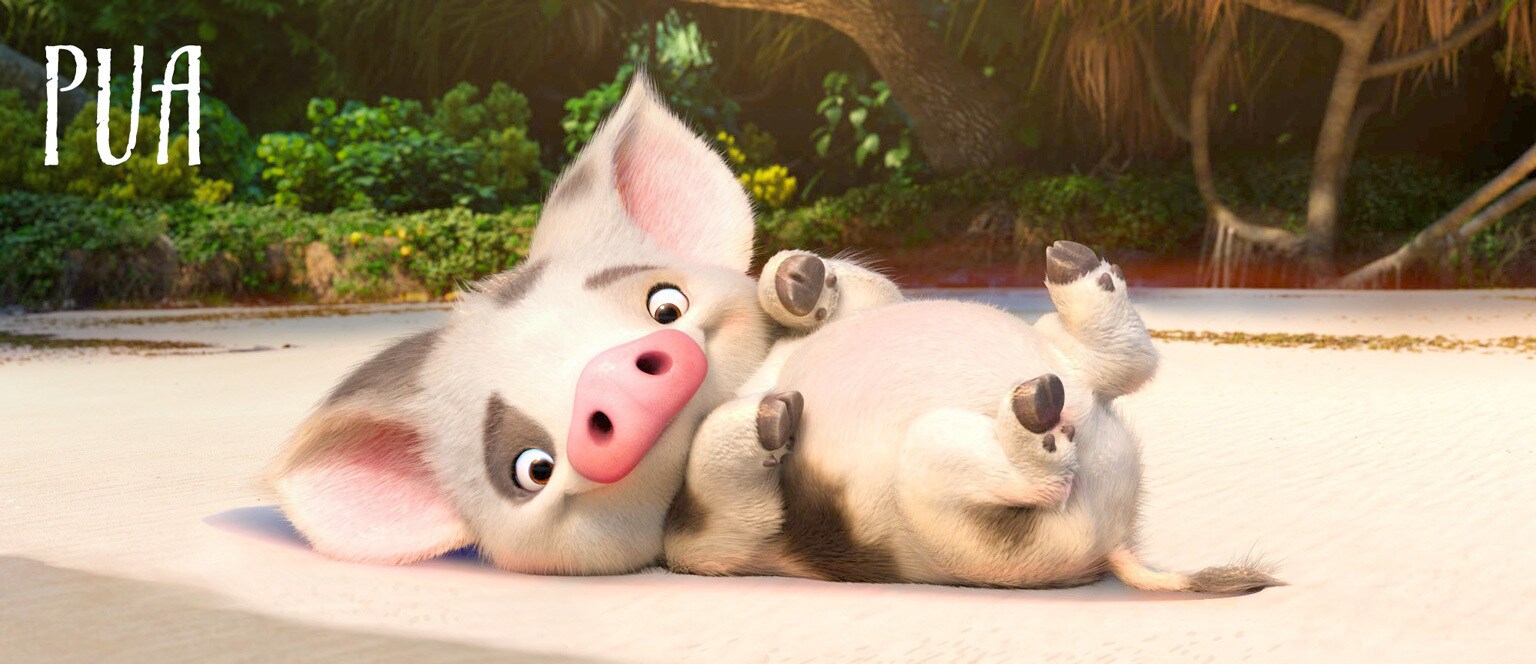 |
| Disney 2016 |
The film is equally unkind to Moana’s pet pig Pua. Featuring prominently on promotional material,7 one would have thought the adorable pig would get more screentime than a one-off joke about eating pork.
According to an interview with screenwriter Jared Bush, Pua and Heihei were initially included as self-inserts of co-directors Ron Clements and John Musker as a nod to the large number of pigs and chickens they saw during their research trip to the Polynesian islands.8
However, Bush cut Pua’s role in the film, feeling the pig would be too powerful a comforting figure on Moana’s journey, preventing her from being pushed to her limits. And while I understand his reasoning, I think what it took from the film vastly outweighs what was gained.
So, here’s how would I go about fixing Moana.
Fixing Moana
Moana is a great story that only needs a few minor tweaks to taken its script to the next level.
For starters, I would have cut Heihei and left in Pua!
Heihei’s purpose is to make Moana’s life difficult, but this should never be the sole purpose of a protagonist’s ally. Allies may make things worse on occasion (like how Pippin accidentally alerts the orcs to the Fellowship’s presence in the first Lord of the Rings novel), but they should always help the cause in the end. I would have handed off Heihei’s responsibilities to another party—perhaps another Polynesian-inspired creature like the coconut-shaped Kakamora that attack Moana midway through the film.
Unlike Heihei, Pua would have helped ease Moana into this outside world and provided her with backup when dealing with the headstrong Maui. This wouldn’t have taken away Moana’s agency, as she still would have been the one to stand up to Maui and get him to behave.
While it is important to drive Moana to her lowest point, I don’t think having Pua there would have been as detrimental as Bush believed. Plenty of films have featured a protagonist traveling with their best friend and still found ways to bring the protagonist to their breaking point. After all, there are some things that even your closest friends can’t resolve for you.
I think Pua could have also helped by reflecting and playing off Moana’s emotional state throughout the journey. Pua could have been sad when Moana was; when Moana determines to find Te Fiti on her own, Pua could have also reflected her newfound confidence.
This scene, when Moana finds her inner strength, also felt a bit rushed; it comes off the heels of a somewhat arbitrary disagreement with Maui that feels forced for the sake of plot and ends with a resolution that hinges on Moana’s tragically underdeveloped grandmother, Tala: a mystic-woman and storyteller of the village who abruptly dies with little fanfare just before Moana sets off on her journey.
I believe Tala’s death would have been far more impactful had she been closer to her son, Moana’s father, who mainly dismisses her stories and philosophy. Not only does this buck the clichés of the overprotective father and understanding grandmother, it also allows the viewer to grow equally attached to Tala. This would have granted her death—and Moana’s decision to leave on her adventure—far more emotional impact. In addition, it better facilitates Moana’s father’s character arc, forcing him to acknowledge the danger to his village and grant his blessing on Moana’s journey to rescue their island home.
I also would have merged Tala and the ocean’s purposes. The writers took a unique but odd angle for portraying the ocean, personifying it to the point where journalist Germain Lussier calls it a character all its own.9 This personification takes away the mystique of the ocean and isn’t even carried over consistently throughout the film. About halfway through, the ocean sort of loses a lot of its “personality,” barely acting at all, as if the writers sort of forgot about that plot point.
I think the ocean should have remained a personified but largely mystical force, while Tala’s spirit could follow Moana throughout the story (maybe even in the shape of a wave), showing up periodically to make some comment or otherwise encourage and guide Moana. Not only does this give Tala more much-deserved screentime; like Pua, it gives Moana one more ally to teach and encourage her, to bring out more of Moana’s strengths and personality. Then, when Moana must carry on with her own strength, Tala comes back one last time to encourage Moana before vanishing, similar to how they handled her farewell in the film. I think this is a far better use of the character and leads to a far more satisfying conclusion since the viewer was able to get to know Tala so much better.
The Conclusion
Moana is a visually gorgeous film with genuine humor and memorable, loveable, colorful main characters. The music was catchy, unique, and beautiful. The visuals, designs, and cinematography were breathtaking. Moana and Maui are both fantastic characters: relatable, sympathetic, and likeable. And just a few tweaks would have brought the rest of the cast up to the same level.
Ultimately, even a few minor changes can make a world of difference. However, something must be said for how solid Moana’s foundation is if all it needs is a few little changes to take something good and make it great.
I certainly hope Moana continues an upward trend in original Disney films for the future.
—
Still not enough Moana? Check out this breakdown of “Shiny” analyzing Tamatoa’s psychology by leaky20!
—
Notes and References:
- Lori Barbely, “Disney’s Moana Movie Was Inspired By These Polynesian Islands,” Islands.com (blog), Bonnier Corporation, November 22, 2016, accessed September 9, 2019.
- Sideways, “How Disney uses [sic] Language,” YouTube video, 15:49, April 23, 2017, accessed September 9, 2019.
- “Tokelauan Language,” Wikipedia, Wikimedia Foundation, July 6, 2019, accessed September 9, 2019.
- Sideways, “How Disney uses [sic] Language.”
- Kara Warner, “Tribute to David Bowie with Moana Song ‘Shiny,’” People Magazine, Meredith Corporation, December 20, 2016, accessed September 9, 2019.
- Germain Lussier, “15 Fascinating Facts About the Making of Disney’s Moana,” Gizmodo.com (blog), Gizmodo Media Group, September 7, 2016, accessed September 9, 2019.
- Daniel L, “Why The Pig In Moana Stayed Behind [sic]: 9 Conspiracy Theories,” Medium.com (blog), December 20, 2016, accessed September 9, 2019.
- Attractions Magazine, “Interview with Moana screenwriter [sic] Jared Bush at D23 Destination D,” YouTube video, 14:07, November 19, 2016, accessed September 9, 2019.
- Germain Lussier, “Making of Disney’s Moana.”
All photos property of their respective owners and used under US “Fair Use” laws. Unless otherwise specified, all are from Disney’s Moana official website.
Moana and all related terms are the property of Walt Disney Studios. And I am not affiliated with them.

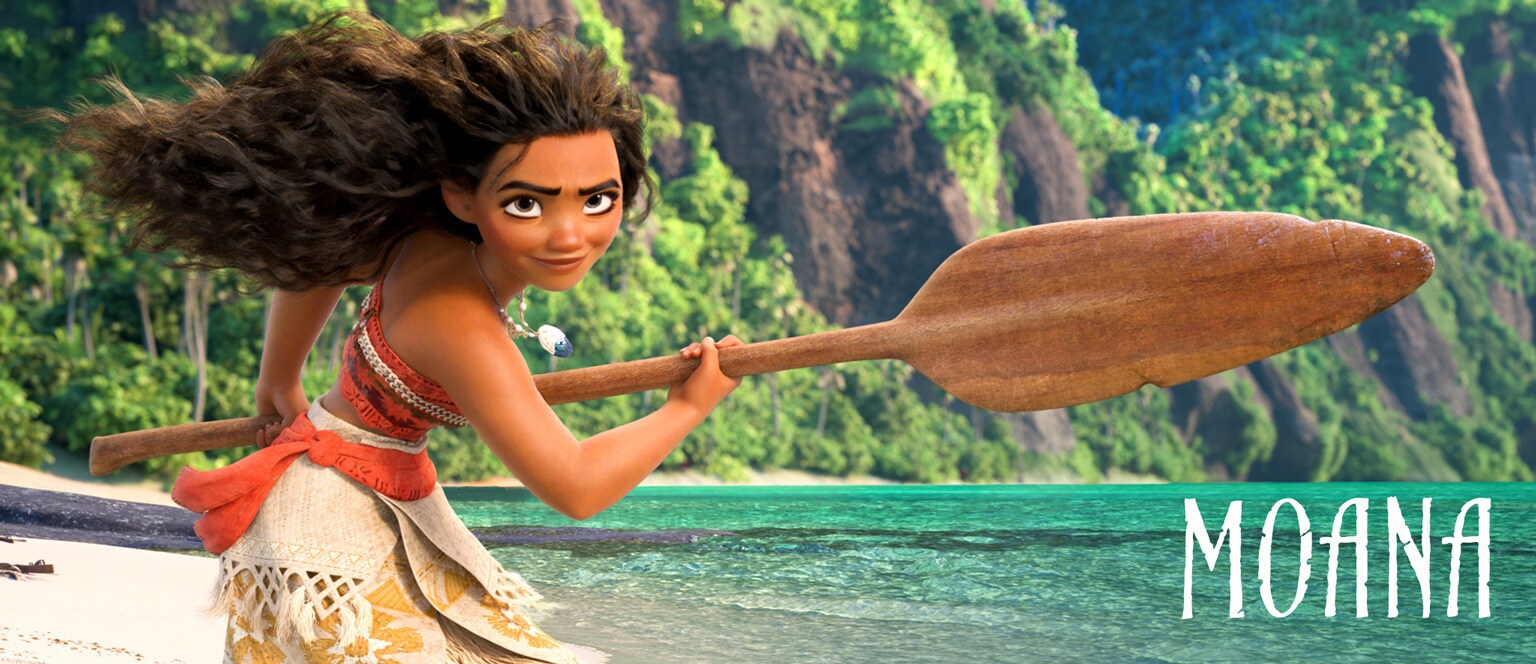
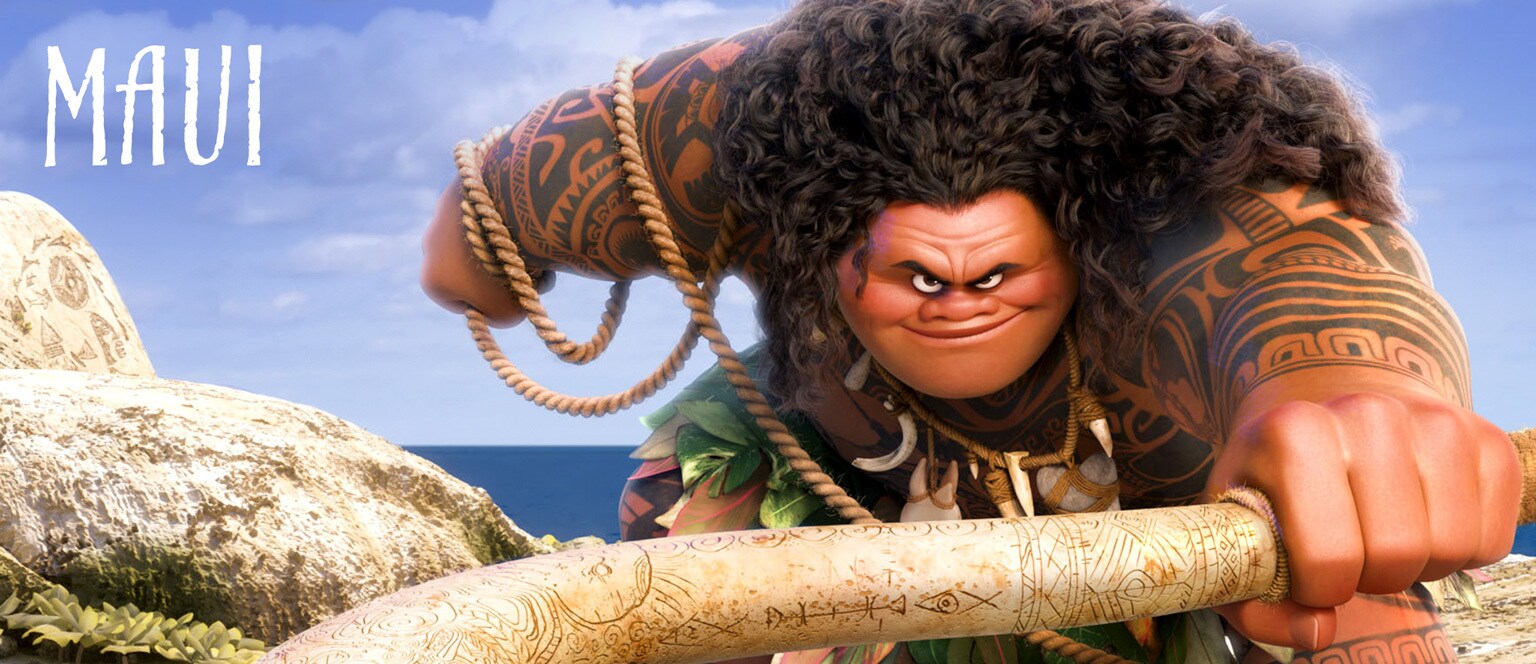
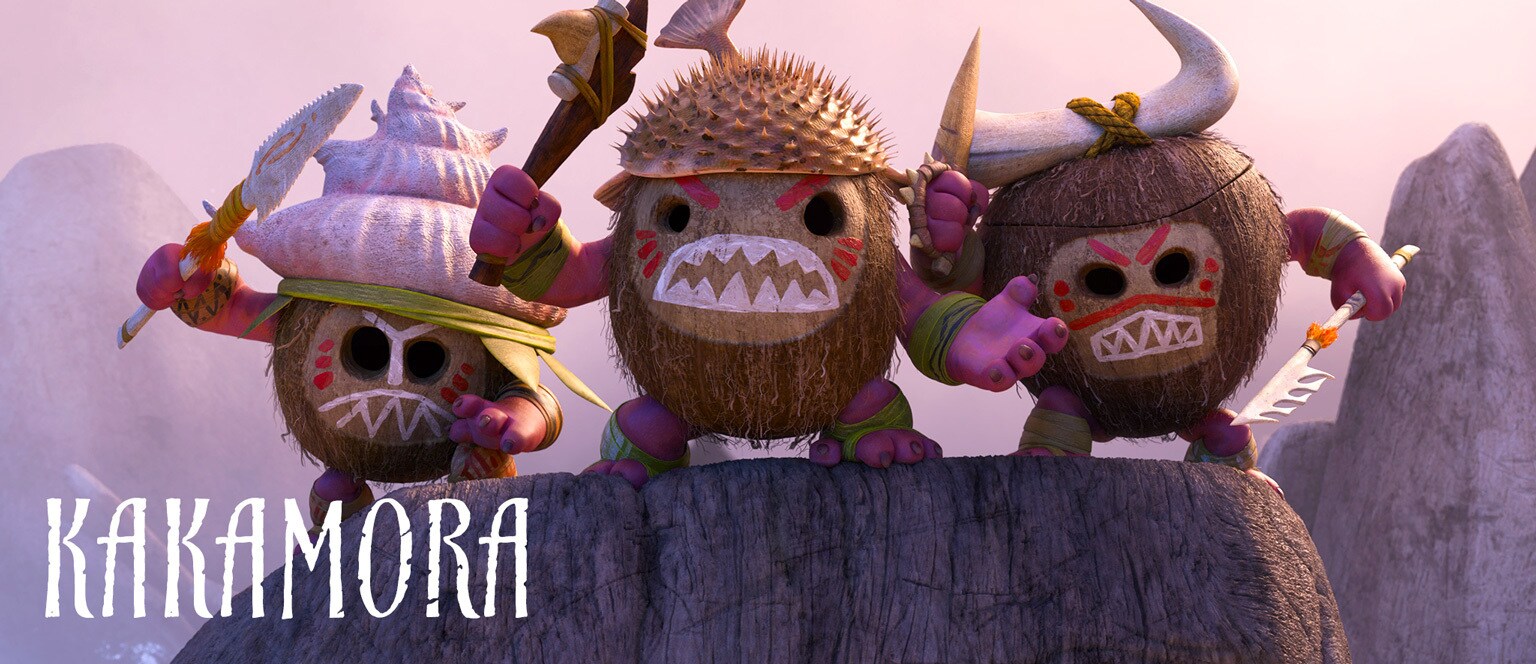
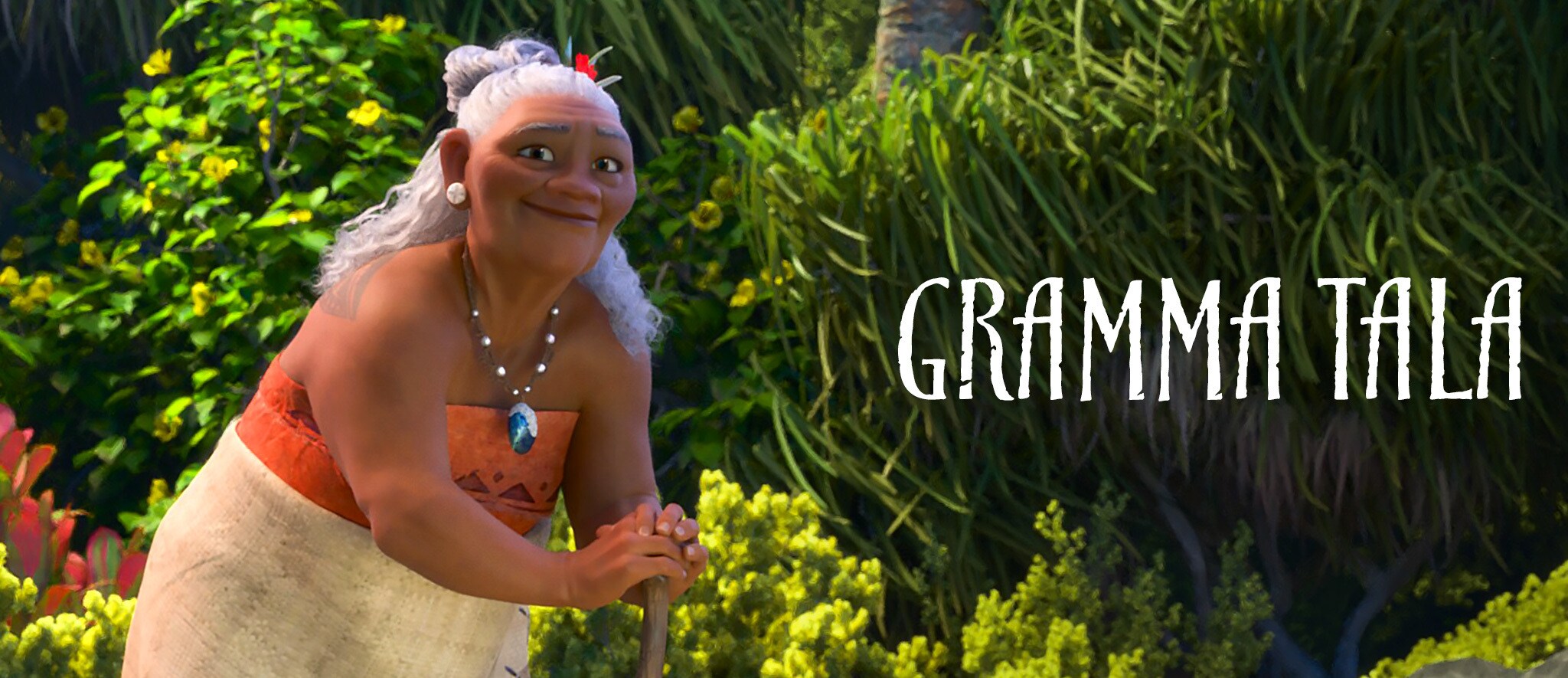
Leave a Reply